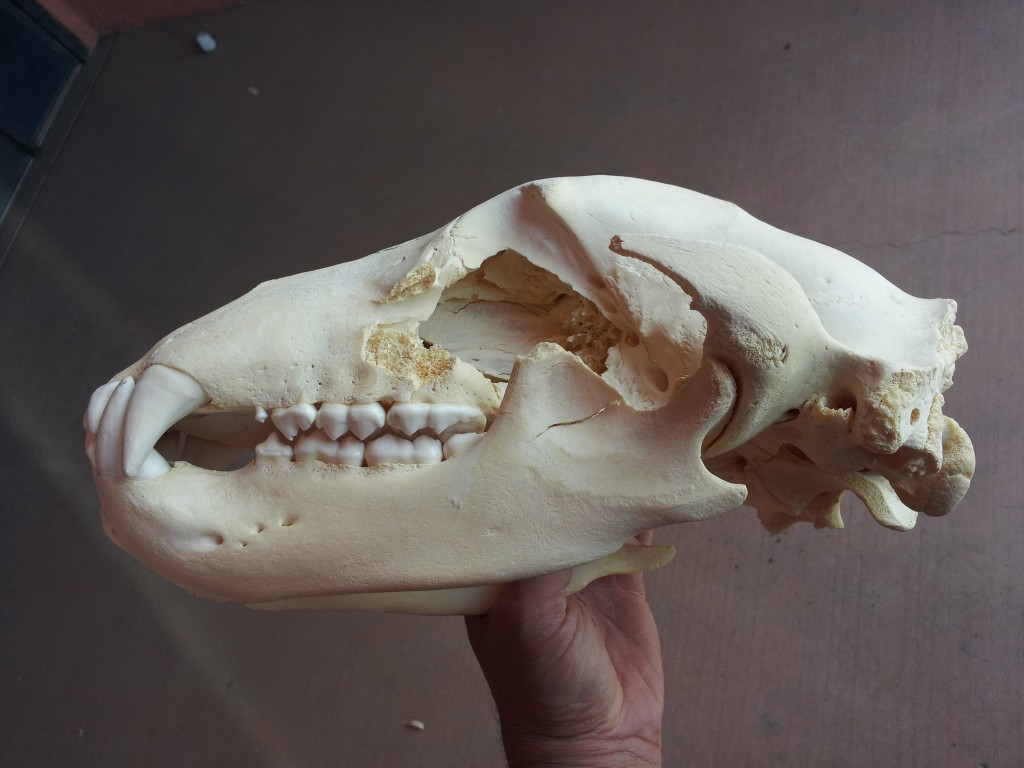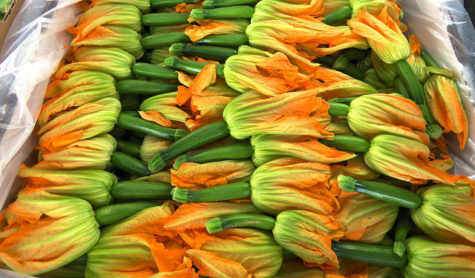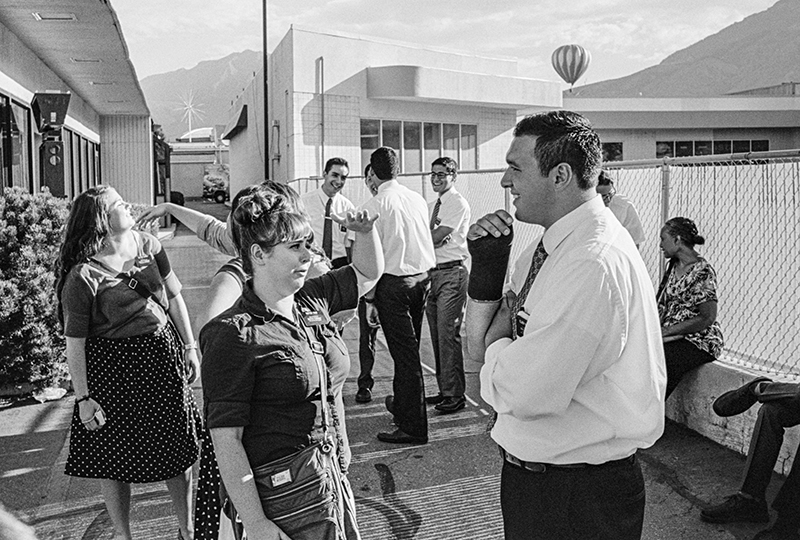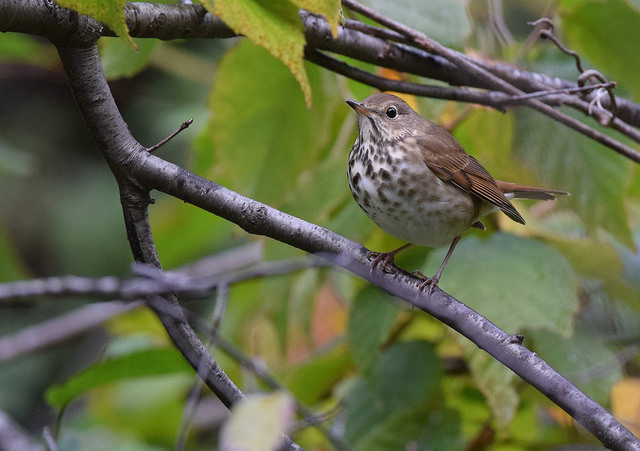 Over the past few months, I’ve spoken to a number of groups about the power of belief in medicine as a part of promoting my book, Suggestible You. It’s been a fascinating process and I’ve loved hearing about people’s individual experience with placebos, self-healing and alternative medicine.
Over the past few months, I’ve spoken to a number of groups about the power of belief in medicine as a part of promoting my book, Suggestible You. It’s been a fascinating process and I’ve loved hearing about people’s individual experience with placebos, self-healing and alternative medicine.
But I often asked a simple question: what does all of this offer us? The mind is a powerful thing. Great, what do we do with that?
If you are not into mind/body medicine, it’s a pretty good question. Why should we care? Whenever I get this question, I find myself telling a story about an accomplished placebo expert by the name of Karin Jensen. It seems that when she first started studying placebos, she quickly ran into a rather serious problem: She could not elicit them.
Try as she might, when she gave little inert pills to unsuspecting subjects, they never reported feeling better. Which might not seem strange except studies have regularly shown that whenever you give placebos to subjects, some percentage do end up feeling better. Sometimes as many as 60 percent of them.
And to make matters worse, her assistant wasn’t having this problem. She could give out pills left and right and, Bam!, people felt better. For Jensen, who was dedicating her life to placebo research, this was kind of an existential crisis.
 One way to understand a really big problem is to break it down into more manageable parts. That’s why scientists use specific, smaller systems to help them grasp the overall health of the planet. The Arctic, for example, is regarded as a bellwether for the catastrophes of climate change that will soon afflict us all, thanks to its temperatures that are rising faster than those in any other region on Earth. There’s also the escalating loss of glacier ice around the world. Or this week’s
One way to understand a really big problem is to break it down into more manageable parts. That’s why scientists use specific, smaller systems to help them grasp the overall health of the planet. The Arctic, for example, is regarded as a bellwether for the catastrophes of climate change that will soon afflict us all, thanks to its temperatures that are rising faster than those in any other region on Earth. There’s also the escalating loss of glacier ice around the world. Or this week’s 
 At dinner for my 18th birthday, one of my friends gave me one of those long, narrow posters filled with advice and inspiration that were popular at the time. I don’t have the poster in front of me, but there were things like this: Never wash a car, mow a lawn, or buy a Christmas tree after dark. When you lose, don’t lose the lesson. Approach love and cooking with reckless abandon.
At dinner for my 18th birthday, one of my friends gave me one of those long, narrow posters filled with advice and inspiration that were popular at the time. I don’t have the poster in front of me, but there were things like this: Never wash a car, mow a lawn, or buy a Christmas tree after dark. When you lose, don’t lose the lesson. Approach love and cooking with reckless abandon. LWON happens. There’s no stopping us! Here’s what we gave our dear readers last week:
LWON happens. There’s no stopping us! Here’s what we gave our dear readers last week:

 You know those sounds that slip across the senses until they settle, in the brain, on an association entirely unrelated to their maker? Those sounds that seem to almost synesthetically transform one thing into another? The way noise can be brilliant, or color evokes flavor, or a smell touches old dreams?
You know those sounds that slip across the senses until they settle, in the brain, on an association entirely unrelated to their maker? Those sounds that seem to almost synesthetically transform one thing into another? The way noise can be brilliant, or color evokes flavor, or a smell touches old dreams?